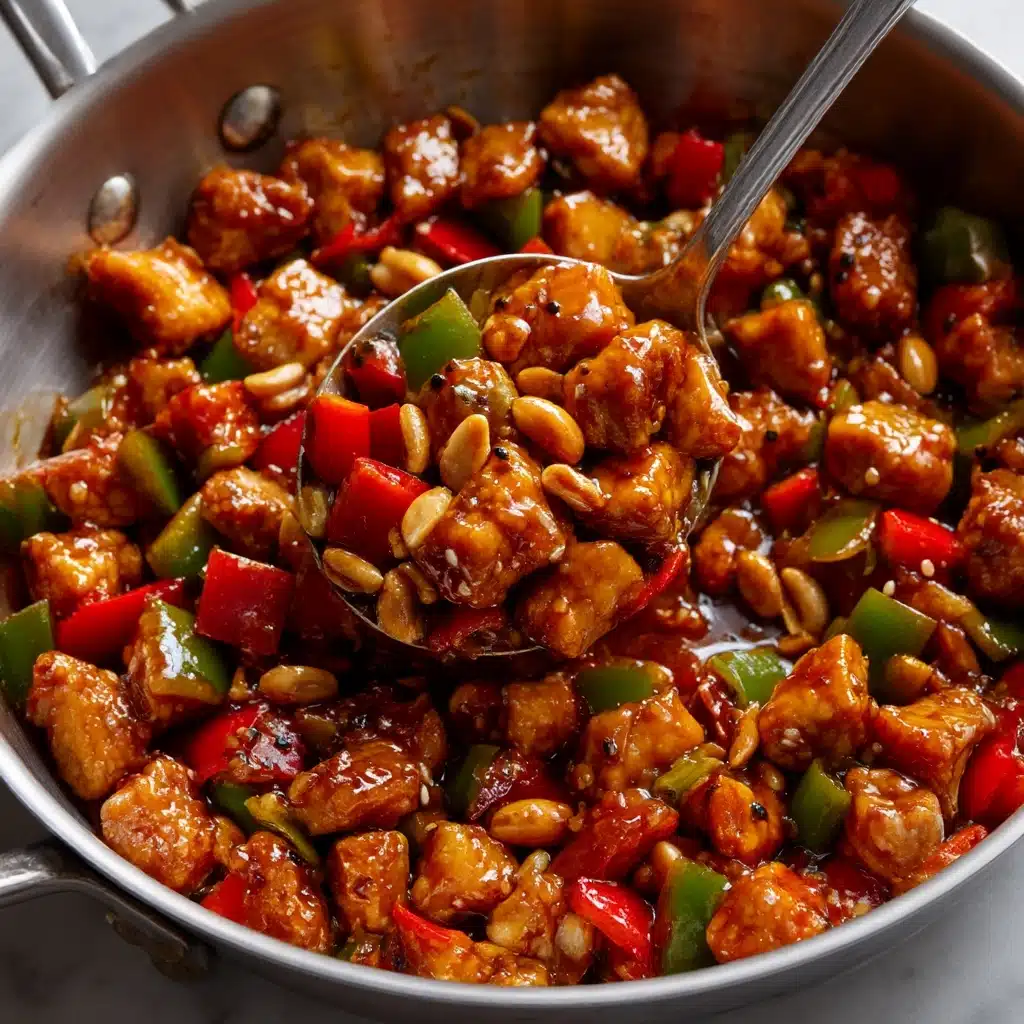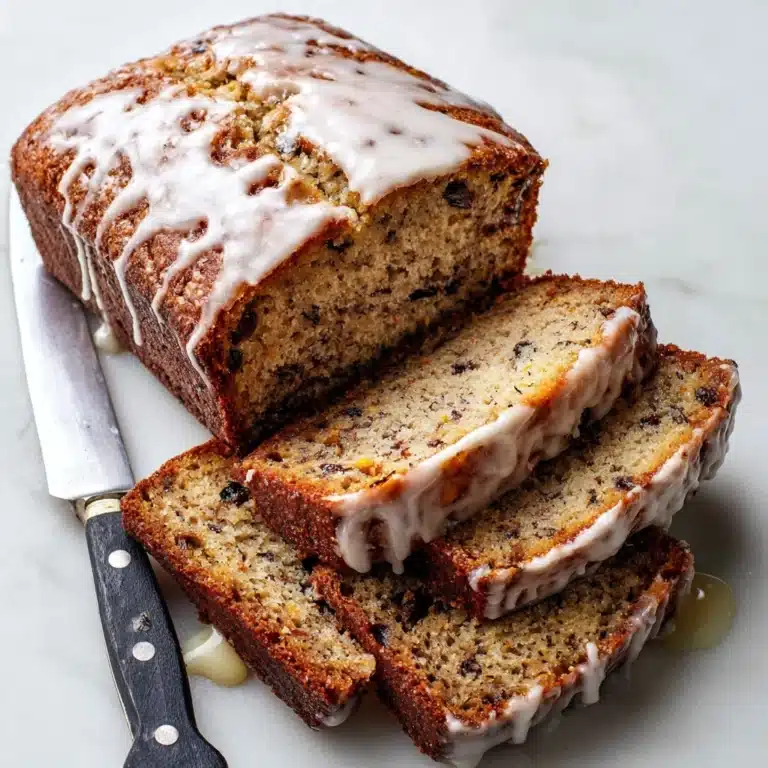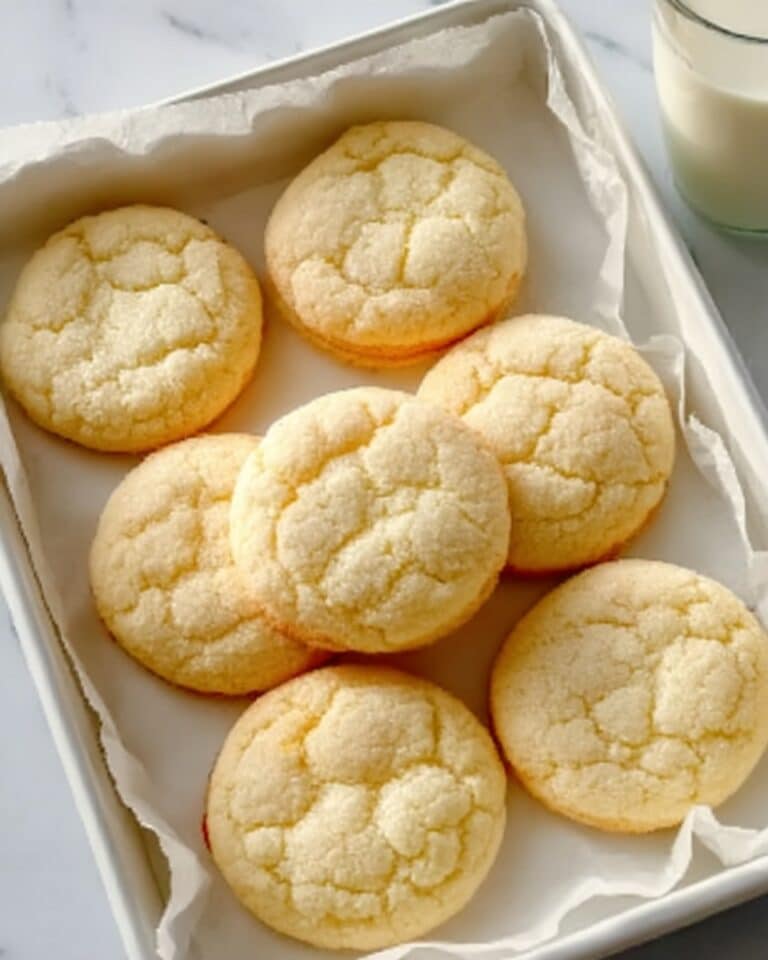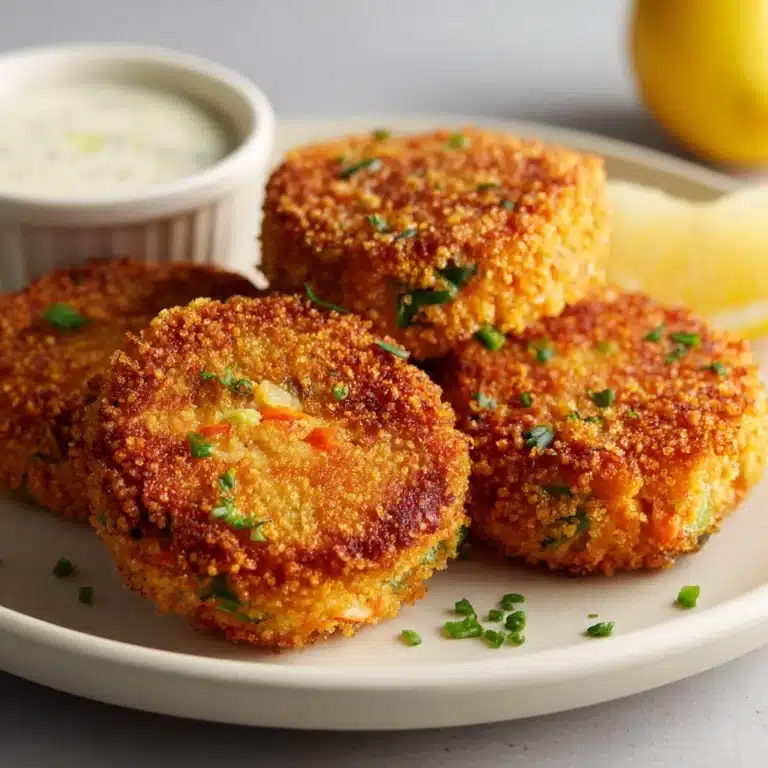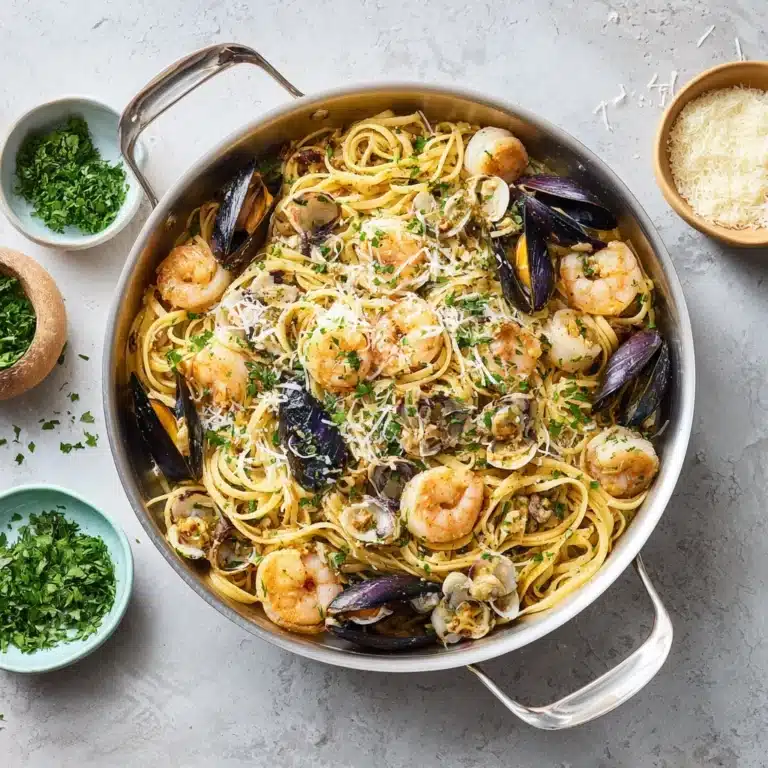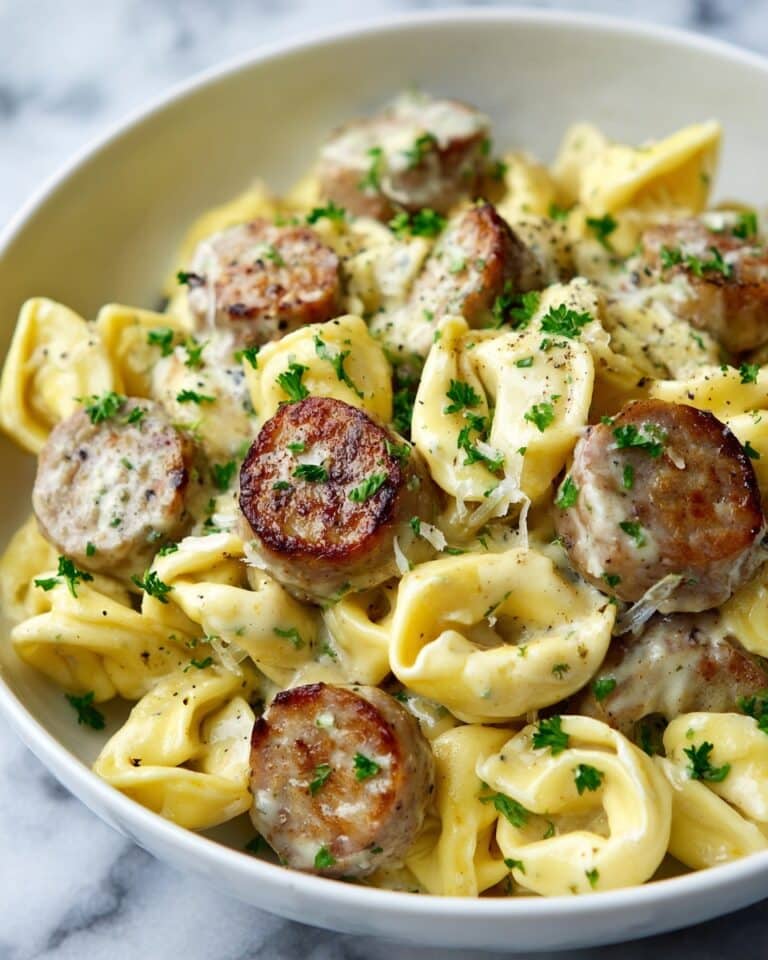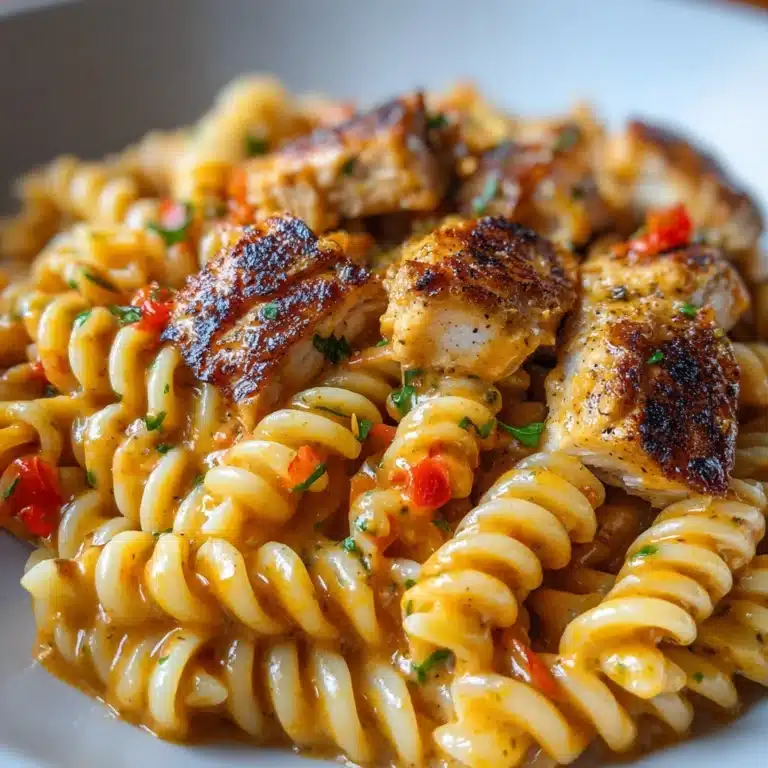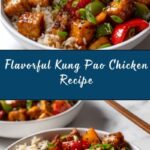Kung Pao Chicken is one of those dazzling stir-fry classics that instantly makes your kitchen feel like a bustling Chinese restaurant. With its juicy morsels of chicken, crunchy peanuts, and a vibrant blend of peppers glossed in a savory-tangy sauce, this dish brings genuine excitement to the table. If you’ve only ever tasted Kung Pao Chicken in a takeout carton, you’re in for a delightful revelation making it fresh at home. The best part? You can easily tailor the spice and tweak the ingredients so every bite is just right for you and your crew.
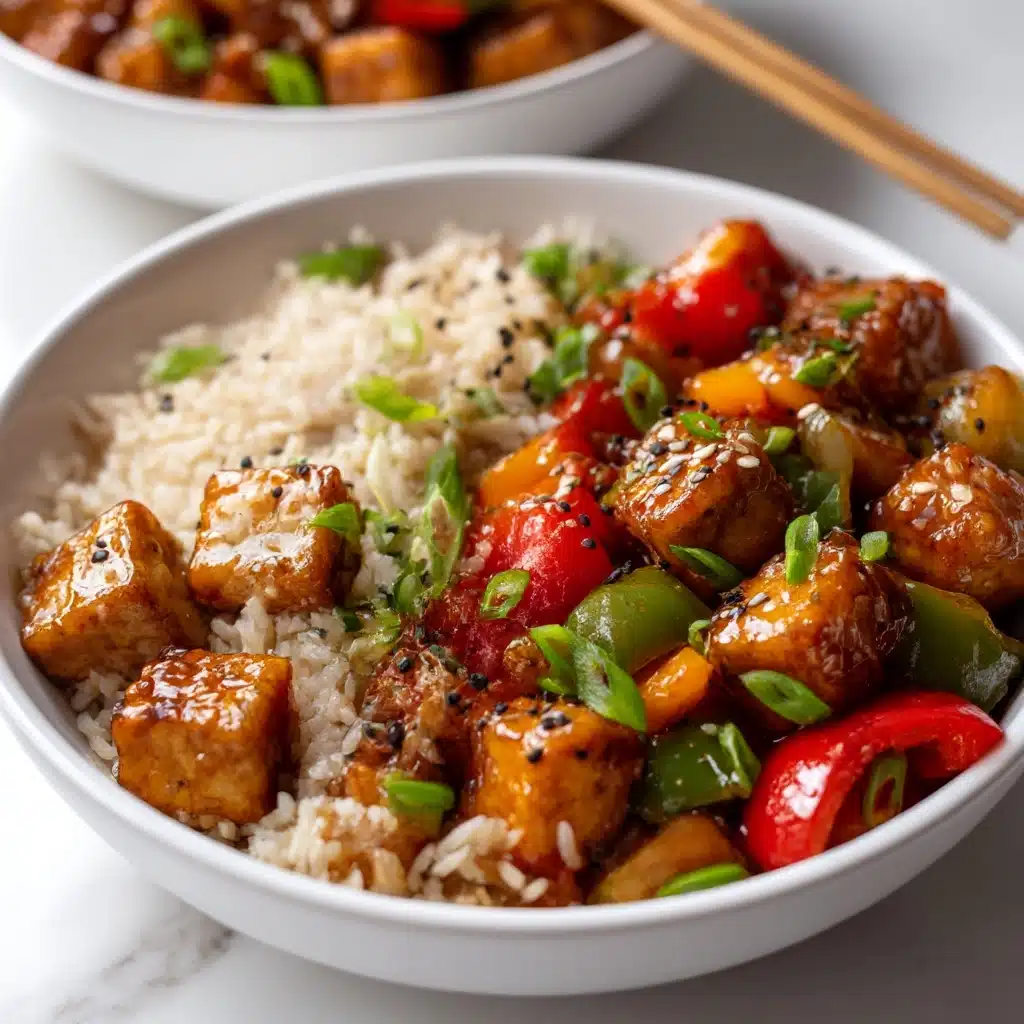
Ingredients You’ll Need
The beauty of Kung Pao Chicken lies in its handful of well-chosen ingredients, each adding its own layer to the symphony of flavors and colors. Gather these essentials and you’ll be on your way to a dish that pops with texture and taste!
- Chicken (1 ½ pounds breast or thighs): Thighs add juiciness and flavor, but lean breast works great if you prefer a lighter bite.
- Soy Sauce (2 tablespoons): Gives the dish a deep, salty foundation that ties everything together.
- Hoisin Sauce (1 tablespoon): Adds a sweet-savory richness and a touch of dark color.
- Rice Vinegar (1 tablespoon): Brightens the sauce and balances its flavors.
- Oyster Sauce (1 tablespoon): Brings a delicious umami quality; swap for plant-based if making it vegetarian.
- Cornstarch (1 tablespoon): Ensures the chicken turns out glossy and tender, not dry.
- Oil (2 tablespoons, divided): High-heat safe oils like canola or peanut make stir-frying a breeze.
- Dried Red Chilies (6–8): Create that signature tingling heat—use more or less to adjust spiciness.
- Garlic (3 cloves, minced): Infuses the dish with bold, aromatic flavor.
- Fresh Ginger (1 teaspoon, grated): Adds zing and a little warmth.
- Roasted Unsalted Peanuts (1/2 cup): The crunch factor that everyone loves in Kung Pao Chicken.
- Red Bell Pepper (1, diced): Brings sweet, juicy texture and a gorgeous pop of color.
- Green Bell Pepper (1, diced): Adds balance and a fresh, grassy note.
- Green Onions (3, sliced): Give a gentle onion-y snap and vibrant green hue.
- Sesame Oil (1 teaspoon): Just a drizzle at the end gives an irresistible nutty fragrance.
How to Make Kung Pao Chicken
Step 1: Marinate the Chicken
Start by tossing your chicken cubes with a tablespoon of soy sauce, all the cornstarch, and a splash of sesame oil in a bowl. This quick marinade not only softens and seasons the meat, but also guarantees a super-silky texture once it’s cooked. Let it sit while you prepare the rest of your ingredients—just 10 to 15 minutes does the trick.
Step 2: Mix Up the Signature Sauce
In a small bowl, whisk together the remaining soy sauce, hoisin sauce, oyster sauce, and rice vinegar. This is the heart of your Kung Pao Chicken: glossy, tangy, and umami-rich. Keeping the sauce ready means you can move fast once the wok is hot.
Step 3: Sizzle the Chilies
Heat one tablespoon of oil in your biggest skillet or wok over medium-high heat. Add those dried red chilies and stir-fry them for half a minute—just until they’re fragrant and slightly darkened. This tames their heat a bit, so they infuse, not overpower, the whole dish.
Step 4: Brown the Chicken
Slide your marinated chicken into the pan with the chilies. Cook for about 5 to 6 minutes, flipping occasionally, until every piece is browned and cooked through. Remove the chicken (and chilies) to a plate while you move to the veggies.
Step 5: Stir-Fry the Veggies
Add your second tablespoon of oil, then drop in the minced garlic, ginger, bell peppers, and green onions. Stir-fry for just 2 to 3 minutes—enough to wake up their flavors while keeping them crisp and colorful.
Step 6: Bring It All Together
Return the chicken (and chilies) to the pan, pour in your sauce, and toss everything over high heat so it’s well coated and glossy. Finally, shower in the peanuts and the teaspoon of sesame oil, cooking for one last minute to heat everything through. Kung Pao Chicken is now ready for its grand entrance!
How to Serve Kung Pao Chicken
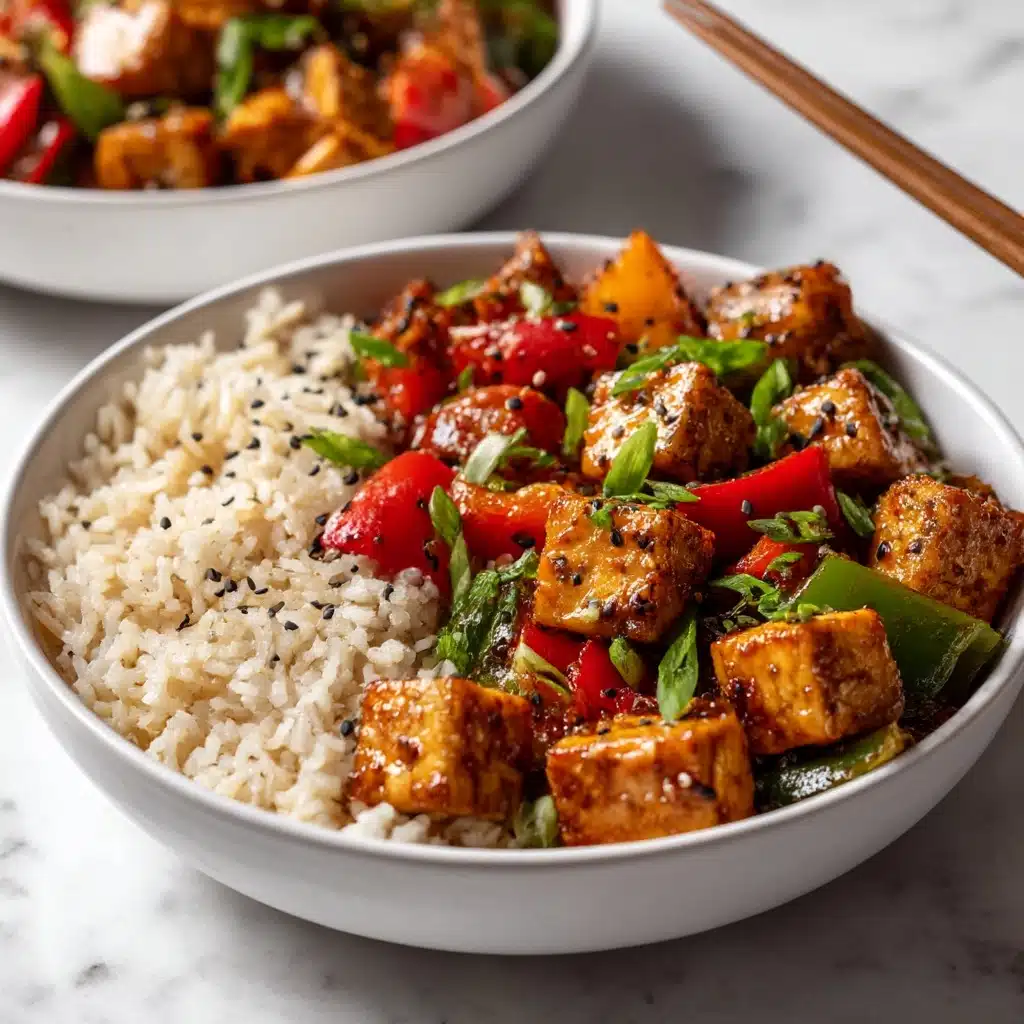
Garnishes
Just before serving, scatter a handful of extra sliced green onions and perhaps a few more roasted peanuts over the dish. A sprinkle of toasted sesame seeds takes it to the next level visually and texturally. If you want a little zippiness, a touch of chili oil or a twist of fresh pepper goes a long way.
Side Dishes
Kung Pao Chicken sings when paired with steamed jasmine or white rice, soaking up all those glorious juices. If you’re in the mood for variety, try it alongside fluffy brown rice, nutty quinoa, or even cauliflower rice for a lighter take. For a true family-style meal, think simple stir-fried bok choy or a crisp Asian cucumber salad on the side.
Creative Ways to Present
Turn your Kung Pao Chicken into a stunning party platter by serving it in lettuce cups for a fresh, hand-held twist. Pile it over noodles for a Kung Pao-inspired stir-fry bowl, or top a steaming bowl of congee for a homestyle comfort meal. However you serve it, the bold colors and crunch always impress.
Make Ahead and Storage
Storing Leftovers
Leftover Kung Pao Chicken stores beautifully in an airtight container in the fridge for up to three days. The flavors meld even more overnight, making the second-day version almost as crave-able as the first.
Freezing
For longer-term storage, spread cooled Kung Pao Chicken in a freezer-safe container or bag, squeezing out as much air as possible. It’ll keep its punch for up to two months. Thaw overnight in the fridge before reheating so everything comes back to life evenly.
Reheating
When you’re ready for a reheat, gently warm the chicken in a skillet over medium heat, adding a splash of water if needed to loosen the sauce. Avoid microwaving for too long, as it can make the chicken a bit rubbery—the pan method keeps everything tender and the peanuts nice and crisp.
FAQs
How spicy is Kung Pao Chicken, and can I make it milder?
Kung Pao Chicken should deliver a tingly heat, but you control the spice! Simply reduce the dried red chilies, or even remove the seeds before cooking for a milder version. If you want all the flavor with almost no heat, skip the chilies and perhaps add a splash of chili oil at the table so everyone can suit their own taste.
Can I use cashews instead of peanuts?
Absolutely! Cashews give a buttery crunch and fit perfectly with the bold flavors of Kung Pao Chicken. They’re a wonderful nut to use if you or your guests prefer a milder, creamier texture.
Is this recipe gluten free?
By default, Kung Pao Chicken uses regular soy sauce and oyster sauce, which both contain gluten. Simply swap in gluten-free tamari and a certified gluten-free oyster sauce or a dash of mushroom sauce for a safe (and still tasty) stir-fry.
Can I make Kung Pao Chicken vegetarian?
You sure can! Firm tofu, seitan, or even tempeh all work nicely. Replace the chicken in exactly the same way, and be sure to use a plant-based oyster sauce or just add extra hoisin for savory depth.
What’s the best oil for stir-frying Kung Pao Chicken?
High-heat neutral oils like peanut or grapeseed oil are fantastic choices. These oils won’t burn or add off-flavors, and they help the chicken brown quickly. A little sesame oil for finishing imparts that classic aroma you find at your favorite restaurants.
Final Thoughts
Making Kung Pao Chicken from scratch is easier and tastier than you might expect, and it’s a surefire way to brighten up any dinner routine. Whether you love the bold heat, crave the crunchy peanuts, or just enjoy a dish that’s a feast for the eyes, give this recipe a whirl—you’ll want to keep it in regular rotation!
Print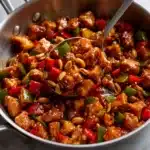
Kung Pao Chicken Recipe
- Total Time: 30 minutes
- Yield: 4 servings 1x
- Diet: Non-Vegetarian
Description
This Kung Pao Chicken recipe is a classic Chinese stir-fry dish that combines tender chicken, crunchy peanuts, and a flavorful sauce with a kick of heat from dried red chilies. It’s easy to make at home and perfect for a quick and delicious meal.
Ingredients
For the Chicken:
- 1 ½ pounds boneless skinless chicken breast or thighs (cut into 1-inch cubes)
- 2 tablespoons soy sauce
- 1 tablespoon hoisin sauce
- 1 tablespoon rice vinegar
- 1 tablespoon oyster sauce
- 1 tablespoon cornstarch
- 2 tablespoons oil (divided)
For the Stir-Fry:
- 6–8 dried red chilies
- 3 cloves garlic (minced)
- 1 teaspoon grated fresh ginger
- 1/2 cup roasted unsalted peanuts
- 1 red bell pepper (diced)
- 1 green bell pepper (diced)
- 3 green onions (sliced)
- 1 teaspoon sesame oil
Instructions
- Marinate the Chicken: In a medium bowl, toss the chicken with 1 tablespoon soy sauce, cornstarch, and a dash of sesame oil. Let marinate for 10–15 minutes.
- Prepare the Sauce: In a separate small bowl, whisk together the remaining soy sauce, hoisin sauce, oyster sauce, and rice vinegar.
- Stir-Fry: Heat 1 tablespoon of oil in a large skillet or wok over medium-high heat. Add the dried chilies and stir-fry for 30 seconds. Add the marinated chicken and cook until browned. Remove the chicken and set aside.
- Finish the Dish: Add the remaining oil to the pan and stir-fry the garlic, ginger, bell peppers, and green onions. Return the chicken to the pan, pour in the sauce, and toss everything together. Stir in the peanuts and sesame oil, and cook for 1 more minute.
- Serve: Serve hot over rice.
Notes
- Adjust the number of dried chilies to control the spice level.
- For a vegetarian version, use tofu and omit the oyster sauce or use a plant-based alternative.
- Prep Time: 15 minutes
- Cook Time: 15 minutes
- Category: Main Course
- Method: Stir-Fry
- Cuisine: Chinese
Nutrition
- Serving Size: 1 bowl
- Calories: 420
- Sugar: 6g
- Sodium: 750mg
- Fat: 22g
- Saturated Fat: 3g
- Unsaturated Fat: 17g
- Trans Fat: 0g
- Carbohydrates: 18g
- Fiber: 3g
- Protein: 38g
- Cholesterol: 95mg
